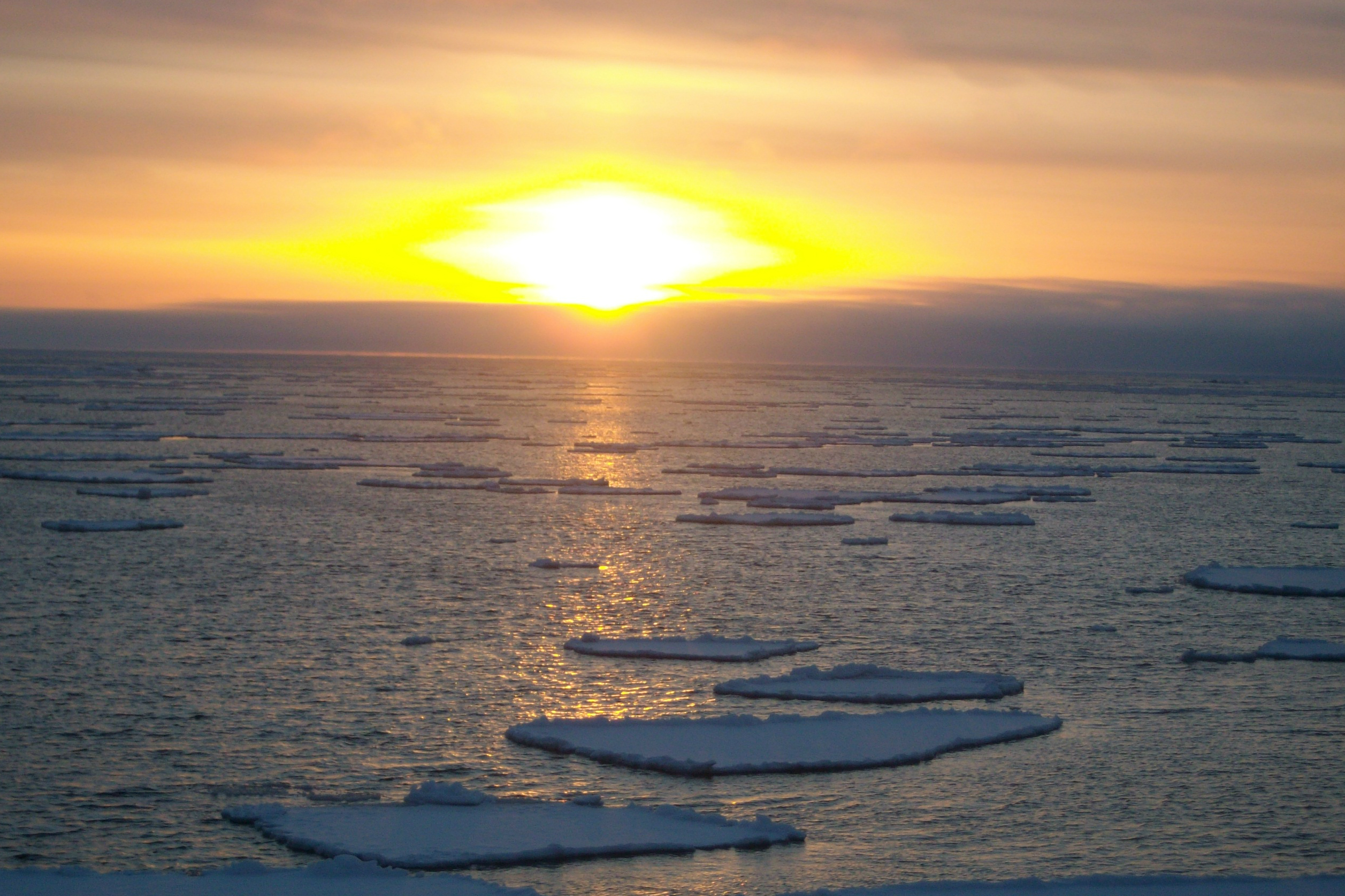Why the US Interior Department’s ‘lease everything’ approach to offshore oil drilling in Alaska backfired
ANALYSIS: Secretary Ryan Zinke's plan to throw open nearly all of Alaska's waters to drilling failed so badly to grasp basics of oil exploration in Alaska that the state's Congressional delegation, some of the strongest backers of oil drilling, soon asked that 11 of 19 proposed sales be removed.

When the U.S. Department of Interior announced on Jan. 4 that it would consider opening nearly all of the waters off the coast of Alaska to offshore oil exploration — nearly 1 billion acres — it was unveiling the most aggressive plan for offshore development we’ve seen in Alaska.
Previously, the Obama administration had placed a freeze on oil exploration in the Chukchi and Beaufort seas — the areas with the highest oil potential and industry interest — and the Trump administration aims to be the opposite of Obama in every way possible. But as with so many other elements of the Trump administration, there was also bluster and bluff from Interior Secretary Ryan Zinke, along with clear evidence of a slapdash plan assembled for purposes of a slogan.
[Trump administration plans to reopen closed Arctic waters off Alaska to oil and gas drilling]
Leasing nearly all of the waters off the coast of Alaska and the rest of the United States would move the United States toward “energy dominance,” according to Zinke, repeating the idiotic phrase the Trump administration and Congressional Republicans appeared to have borrowed from the world of professional wrestling.
But even before withdrawing the waters off the coast of Florida, an embarrassing about-face on the “lease nearly everything” plan that led to other Lower 48 governors asking for similar treatment, there was an immediate sign of a bungled planning process in Alaska.
On the same day the Interior Department revealed its Alaska plan, a group of 21 organizations on the North Slope of Alaska attacked the Zinke plan for ignoring agreements on protecting subsistence areas that had been worked out over a period of many years under different presidents.
Voice of the Arctic Iñupiat, which has supported leasing in the Arctic National Wildlife Refuge, said it was disturbed that long-established buffers in areas used by Iñupiat whalers in Utgiagvik and Kaktovik, and a 25-mile no-leasing buffer along the entire Chukchi coast were not recognized by the Zinke plan.
The three-member Congressional delegation reflexively endorsed the “lease nearly everything” plan without checking the details or with the local stakeholders upset at being ignored.
“Secretary Zinke’s ‘blank slate’ approach launches a new discussion with local stakeholders to determine where responsible energy development should take place,” Sen. Lisa Murkowski said on Jan. 4.
Voice of the Arctic Iñupiat for one, didn’t care for the blank slate. Neither did the Bering Sea Elders Group, which said exploration would pose a serious threat to marine life.
The Department of Interior said by including nearly all Alaska waters in the draft plan, the oil industry would have the opportunity to “further inform the Secretary of their interest in leasing frontier areas and to collect data in areas that have not been explored in decades, if ever.”
But the flaw in the Zinke plan to reinvent the wheel soon became clear.
Three weeks after the plan appeared, the Alaska delegation, the most vocal advocates of Alaska oil development, asked that hundreds of millions of acres from Ketchikan to Kotzebue and 11 of the 19 proposed lease sales be removed from the draft plan.
This was not an anti-oil move and there was good reason to make this request.
Even the Trump administration report suggesting sales for these areas said seven contain “negligible resource potential” and four contain “negligible development potential.”
The Alaska delegation said it wants sales dropped for the Hope Basin, Norton Basin, St. Matthew-Hall, Navarin Basin, Aleutian Basin, Bowers Basin, Aleutian Arc, St. George Basin, Shumagin, Kodiak and Gulf of Alaska.
So much for the “blank slate.”
In retrospect, it appears that this was another example of a Trump administration announcement puffed up to an extreme and a bad way to win trust for a new Outer Continental Shelf oil leasing plan.
It makes no sense for the Interior Department to waste time and money planning for lease sales in areas where no one expects to find oil or bid large sums for the privilege.
Alaska Gov. Bill Walker warned against creating “the false impression that there is an imminent attempt to foster development along our entire coast. The sooner it is clear that the Beaufort, Chukchi, and Cook Inlet are the priority areas, the better.”
The Interior Department created that false impression with its ham-handed “lease nearly everything” approach for energy dominance. It would do well to try to not dominate the planning process, recognizing that competing interests are at stake in the waters off the coast of Alaska.
Alaska journalist Dermot Cole, who lives in Fairbanks, can be reached at de*********@gm***.com. He also writes at dermotcole.com.